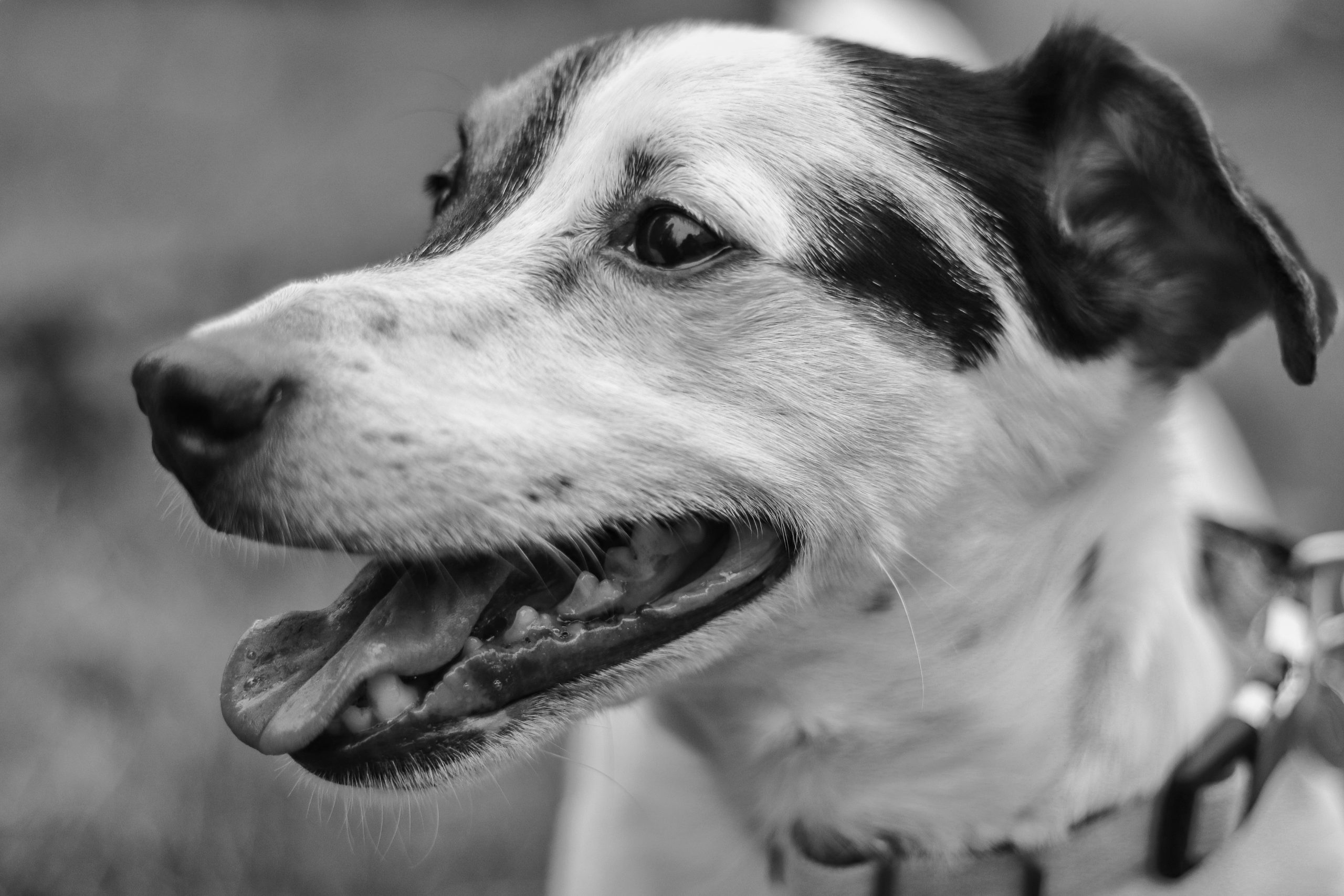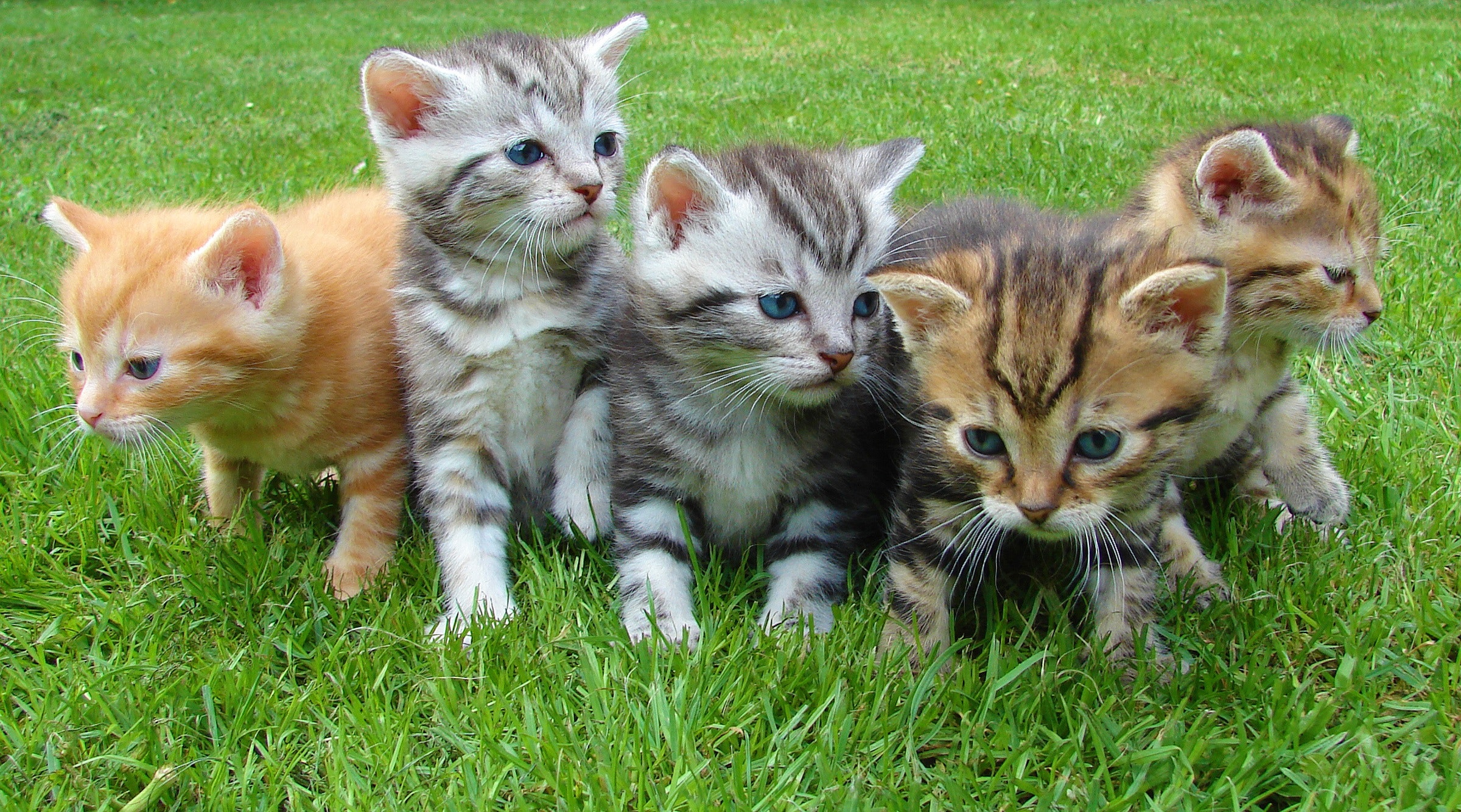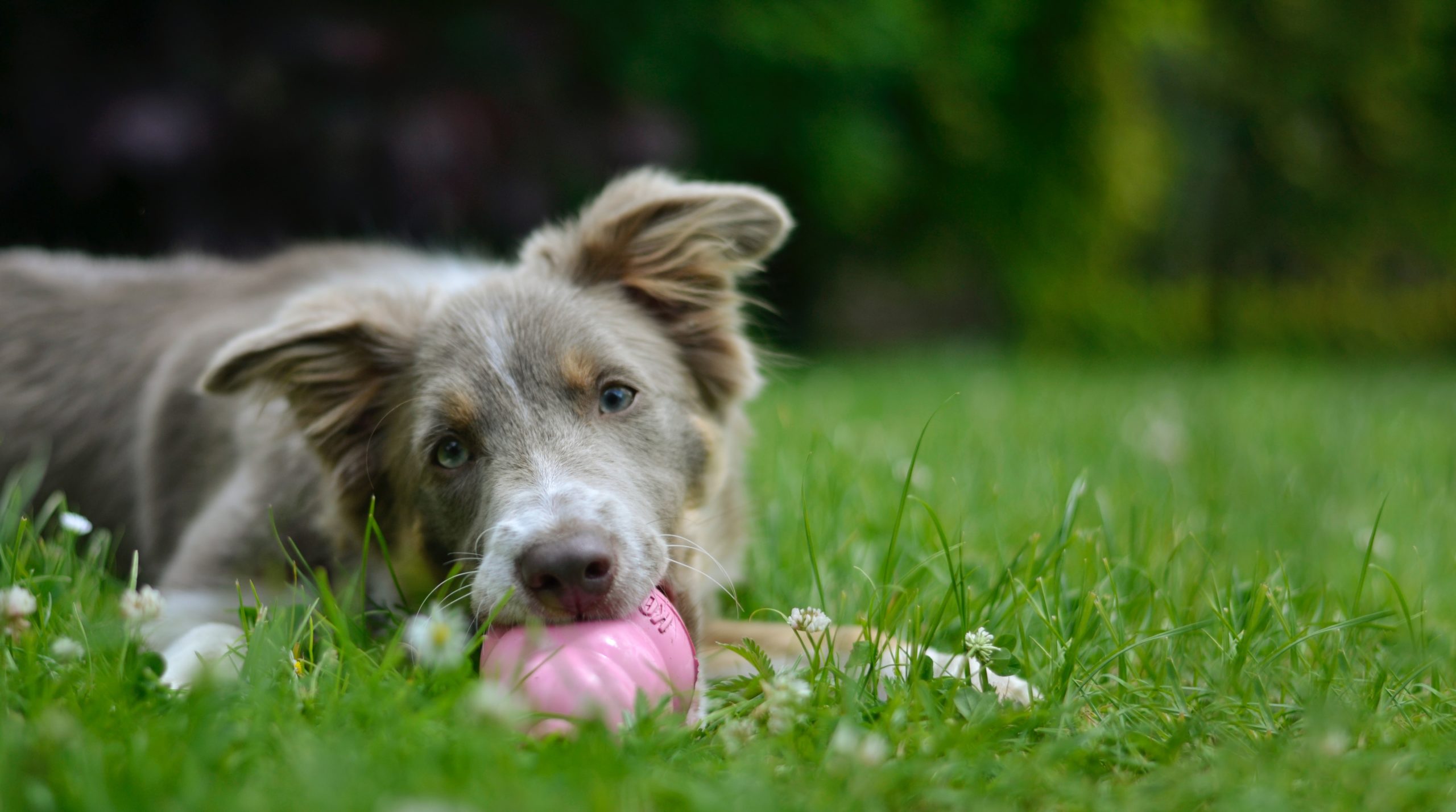Like humans, individual cats and dogs respond quite differently to stresses such as visits to the vet, separation from the owner, loud noises, introduction of a new pet, vacation, boarding or moving to a new house.
What we might consider a ‘minor’ change could be very upsetting to some cats and dogs.
Stress in cats manifests itself in many ways such as urine marking, vertical scratching, loss of appetite, reduced desire to play or to interact. Urine marking or spraying is one of the most common behavioural problems reported by cat owners. Responses due to fear and stress are at the root of a wide range of behavioural problems in domestic dogs as well, including vocalisation, destruction, house soiling, anorexia, attempts at escape, behavioural depression or self-trauma.
Research has demonstrated a strong relationship between stress-related problems and specific pheromones (facial pheromones in cats and appeasing pheromones in dogs).
What are pheromones?
Pheromones are extremely widespread in the animal kingdom and are used to communicate between members of the same species. Thus the pheromones given off by one individual can affect and change the behaviour of other individuals of the same species, including the behaviour of the animal that originally released the pheromone (e.g. warning pheromones). Pheromones have various functions including sexual, identification, territorial marking and warning.
Pheromones are contained in various glandular structures of the body including anal sacs, face, footpads and sweat glands. Cats rub their faces on various objects to mark them with their facial pheromones. The facial marks act to calm and settle the cat in these surroundings. Observations by animal behaviourists have shown that cats do not urine mark or scratch objects previously marked with facial pheromones.
On the other hand, dog appeasing pheromone mimics the properties of natural appeasing pheromones from the lactating bitch. These pheromones help prevent or stop fear and stress related signs in puppies and dogs, comfort the dog in stressful environments and help establish the puppy in a new home. These pheromones convey a message of well-being and a feeling of security. Dogs detect the appeasing pheromones through lapping and panting behaviour, whenever they come into contact with them.
The mechanism of fear and stress
The majority of fear and anxiety-related ‘behaviour problems’ encountered in dogs and cats are ‘normal adaptive’ responses. For example, it is normal for dogs and cats to show significant fear responses to stimuli that they have not encountered previously. However, a proportion of fear or anxiety related cases is ‘abnormal responses’, where the fear response is initiated automatically whenever the particular stimulus is encountered or in anticipation of the stimulus. The commonest example of this would be extreme fear responses, or phobias, such as in extreme noise phobias in dogs.
Fear in dogs
Domestic dogs become bonded to their social group, including human family members. When separated from their family group, dogs may experience distress or engage in behaviours including; vocalisation, destruction, elimination of stools or urine, anorexia, drooling, attempts at escape, behavioural depression, gastrointestinal signs, self-trauma, excessive or unusual activity.
These symptoms can also occur in response to certain places or objects that are perceived by the animal as a threat. There are several possible underlying motivations for these behaviours such as fear, anxiety, over-attachment or lack of appropriate stimulation.
A phobia is an excessive fear or dread of a situation or object which is out of keeping with the danger it may actually present. Noise phobia is diagnosed in dogs showing a sudden, profound, extreme response to noise, manifest as intense active avoidance, escape or anxiety behaviours.
Thunderstorm phobia is similar to noise phobia but can be related to any aspect of a thunderstorm (e.g. lightning, wind, noise or darkness). It has been suggested that noise phobic dogs have an auditory sensitivity to particular sounds.
Stress in cats
Cats are territorial animals. They mark out their territory using a variety of visual and scent signals. Changes in the environment (such as visits to the vets, return from hospitalisation, moving house, new arrivals, rearrangement of furniture) can be disturbing for the cat because of the absence or loss of these familiarisation marks.
The most likely reaction to this anxiety is a change in the frequency or type of marking. Unfortunately for the owner, this often results in the onset of urine spraying and/or scratch marking around the house. These signs are worse in multiple cat households where tension can occur between animals and lead to inter-cat aggression.
It should be noted that urine marking and scratching are normal behaviours of the cat, but they can also occur or increase when a cat is stressed or feels threatened.
Cats that are introduced to an unknown environment, such as boarding in a cattery or a new home, can become stressed due to a lack of familiarisation marks and show signs of stress such as loss of appetite, a reduced desire to play or a reduced desire to interact.
Treatment of stress-related problems
There are several treatment options available for stress-related problems in dogs and cats. These include behaviour modification therapy, drug therapy and pheromonatherapy. Veterinary behaviour therapists use these options alone or in combination, depending on the animal’s condition.
Pheromonatherapy
Pheromonatherapy is an innovative and natural solution to manage stress-related problems in cats and dogs. Various products are available that use pheromones to calm dogs and cats down in stressful situations or redirect unwanted behaviours:
- Adaptil® is a pheromone solution delivered through a spray or plug-in diffuser directly into the dog’s environment, or impregnated in a collar worn by the dog.
- Feliway® is a pheromone solution delivered through a spray or plug-in diffuser directly into the cat’s environment. The spray can be used in cat cages prior to travel, on the consultation table, hospital cages or even handler’s hands to help calm a cat in new or fear-producing situations.
Contact your veterinarian or a local animal behaviour specialist for more information on pheromone and other solutions for pet behavioural problems.




